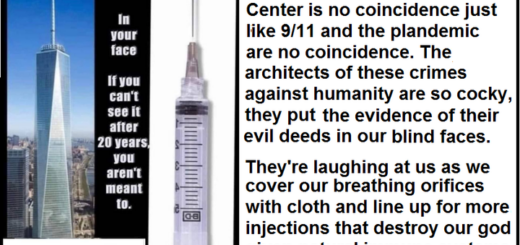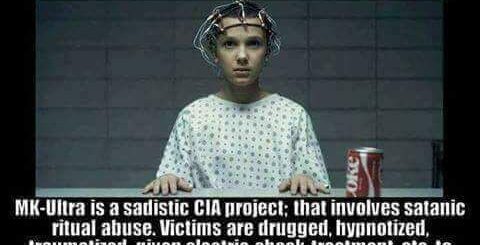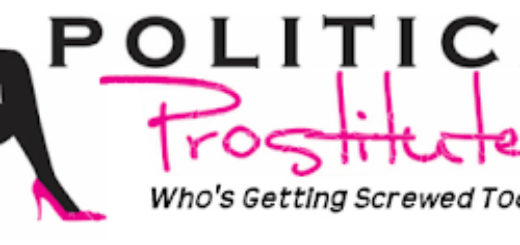#DirtyDairy
Forget about “Who Moved My Cheese?”Consumers want to know who poisonedtheir cheese.
The marketing wizards at Vermont-based companies like Ben & Jerry’s and Cabot Creamery (the cheesemakers) have done a brilliant job of portraying Vermont’s dairy lands as pristine pastures, where happy herds of dairy cows graze on lush green grass.
Here’s the truth behind the myth: From 1999 to 2012, Vermont’s dairy farmers applied more than 2,533,329 pounds of metolachlor, atrazine and simazine to their cornfields. All three of these chemicals are probable human carcinogens, birth defect progenitors, endocrine disruptors and persistent water polluters.
Where does all that pesticide-drenched corn (mostly GMO) go? Into ice cream and cheese, marketed by Ben & Jerry’s and Cabot (among others) as “natural, “rBGH-free,” “GMO-Free” and “healthy for children.” Are we to believe that a cow dining on atrazine-sprayed GMO feed somehow doesn’t transmit these poisons into the milk that ultimately ends up in cheese and ice cream?
Vermonters (and everyone who buys Ben & Jerry’s and Cabot cheese products) are just now learning the truth about Vermont’s #DirtyDairy industry, thanks to a combination of Vermont state law and the work of Regeneration Vermont, (a founding partner of OCA’s Regeneration International project).
Vermont is one of three states (New York and California are the others) that require farmers to report their pesticide, herbicide and fertilizer usage every year to the state’s Agency of Agriculture, Food and Markets (AAFM). For years, AAFM has collected the pesticide data—but done nothing to analyze it, much less publicize it.
That all changed when Regeneration Vermont decided to scrutinize the data, and let the public know just how dirty Vermont’s dairy industry really is. From this recent article in the Vermont Digger, co-authored by Regeneration Vermont’s Will Allen and Michael Colby:
Regeneration Vermont is in the process of trying to wake up consumers, the corporate dairy suppliers, and the regulators that these dangerous toxins are probably in our milk, ice cream, cheese, butter and yogurt, and are definitely in our drinking and recreational waters. We believe that, in order to truly protect the Vermont brand by putting some reality behind it, an immediate transition to regenerative organic dairying needs to be fast-tracked.
Will corporations like Cabot Creamery and Ben & Jerry’s heed the call to clean up their acts?
















